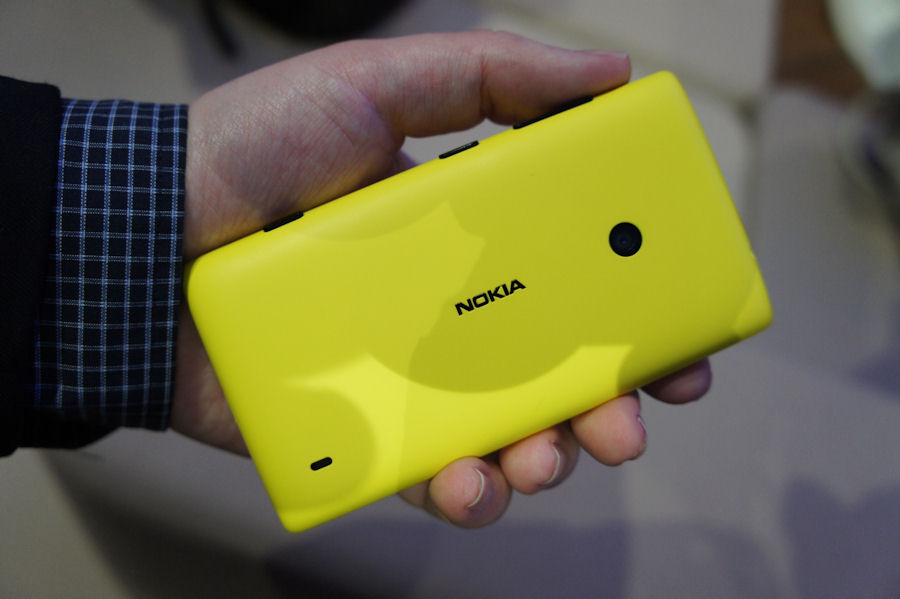The first thing to accept is Nokia's decision to move away from the strategy of pushing Symbian to the low-end and bring Maemo in at the high-end. Conspiracy theories aside, Nokia decided to change, and I'm going to look at the decisions after that point.

Nokia's strategy call was not going to be determined by results during 2011 or 2012, they had to skate to where the smartphone puck was going to be two to three years down the line, i.e. what they thought most of 2013 and into 2014 would look like. Did they see Samsung's domination of the market, and the close ties they had with Android? Did they see other manufacturers struggling to fight against those twin pedestals? And did they see that, with the best will in the world, projects like Tizen and Bada are not setting the world alight - and that Maemo would be in a similar situation?
It doesn't make a huge difference now, but assuming this is where their projections were pointing, someone in the forward-looking department should get a bonus. The big decision for Nokia was to either go for Android and try to compete with the already established Samsung, or strike out on a different path to build a sustainable business model with another platform that had resources, developer support, and would have a potentially easier time of being accepted than 'yet another flavour of mobile linux'.
The base of that answer was Windows Phone, but the strategy should be one familiar to many long-time Nokia watchers. You start with a great all-round phone, you tweak the next version towards the high end, and then use the halo effect to push hard into the mid-range and then the low-range.
A strategy that would take around two years to get everything in place, that would need a respected handset to start with (the Lumia 800), a high-end handset that gets rave reviews (that would be the Lumia 920), and then a range of handsets that would appear at the major price points, from the 'just underneath the top end' (Lumia 820), right down to the 'free on contract/under a hundred pounds pay as you go' handset (the Lumia 520).
Which is the strategy that Nokia finished with when they took to the stage at Mobile World Congress. The decision to go with Windows Phone was a decision to back a defined long term strategy, and in terms of hardware, software development, presentation, Nokia have delivered.

What's going to happen next? Well, I think the range will see a refresh near the end of 2013, mostly to do small spec bumps, improved optics, storage, and processor speeds, and essentially iterate on these handsets for the next twelve months, with some of the simple lessons Nokia have (re)learned in the last two years. The big lessons from the construction of this range will be carried presumably into the models due to debut in Q3 2014.
It might seem wrong to talk about the Windows Phone range from Nokia in almost two years time, but it gives me confidence that I can talk about where they are going, the thinking behind their portfolio, and what changes can be adopted and rolled into the new handsets. It makes me believe Nokia are both fully committed to the platform and in it for the long run.
Compare this to HTC's approach. The consistency does not seem to be there. They'll try a small handset (like the Trophy) and iterate that into the Radar, and not update that to a Windows Phone 8 equivalent. They'll go large (the Titans), and then decide it's not what consumers want. And then the recent 8X and 8S are a case of bigger and better specs (though with a disastrous caveat in the 8S's case). As single standalone smartphones there is very little wrong with HTC handsets, and the similar styling shows they come from the same manufacturer. But neither do they feel part of what has come before from HTC, nor do they suggest to me what will come next from the company.
Given the choice between consistency and continuity, or one-off specials and today's fashionable style, I'll go for the former. And by the looks of the market share numbers, that's having a positive effect on Nokia's sales.
